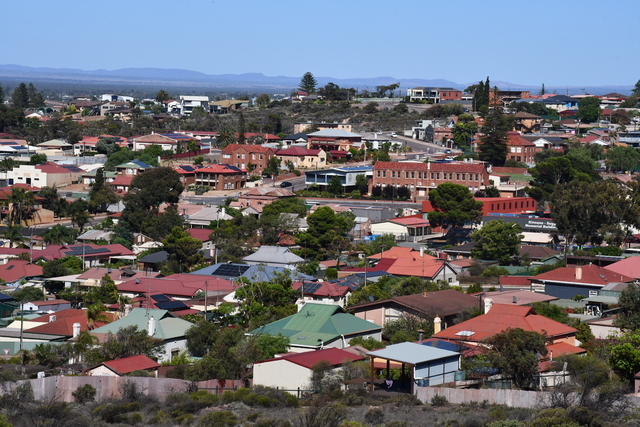Cranbourne has been cited as an example of the dangers of rapid urbanisation leading to environmental neglect, according to Monash University.
The release, highlighting the toll of Melbourne’s urban sprawl, is set to be displayed and expanded on during the 24th Triennale Milano International Exhibition on 9 November 2025, in Italy.
The team from Monash Art, Design and Architecture (MADA) will present their ‘Australia: Land Use Inequality’ exhibition, to demonstrate how inefficient land use on the fringes of Melbourne is damaging habitats, ancient ecosystems and, culturally significant sites.
Back in Cranbourne, MADA highlighted that, with fences, vegetation removal, and the introduction of domestic animals alongside new housing, threaten the endangered southern Brown Bandicoot.
Professor Louise Wright, who will be one of the few representing Australia at the exhibition, said that Melbourne’s urban sprawl has come at a great cost to habitat and biodiversity.
“In recent years, a significant population increase, tax policies, and inflation have led to a housing supply and affordability crisis in Melbourne,” Professor Wright said.
“To address this crisis, large supplies of land continue to be rezoned on the city’s edge for low-rise housing that can be delivered quickly.
“These lands hold ecological values essential for the life of vegetation, animals, birds and insects endemic to Australia and some under threat of extinction. Yet despite the critical need to protect this non-human life, inefficient land use continues.”
Alongside professor Wright, associate professor Catherine Murphy, professor Nigel Bertram from Monash Urban Lab, as well as creatives Eugene Perepletchikov and Ziga Testen, and Mauro Baracco from Baracco+Wright Architects, will be heading the exhibition.
As for the presentation itself, it will feature large-scale video works to show the environmental toll of Australia’s urban footprint, where some of the largest houses in the world are found.
The videos will highlight three moments of this development pattern in Melbourne, such as in Beveridge to the north, where housing construction scrapes the topsoil off the Volcanic Plains Grasslands, of which less than 1 per cent remains.
To associate professor Murphy, the aim of the exhibition is to raise awareness about Melbourne’s land use patterns and advocate for greater equality between humans and other species.
“Australia is home to many unique, endemic species, and with that comes a global responsibility to protect them and ensure their survival,” Associate Professor Murphy said.
“We must align with international commitments that support reduced land clearing and greater respect for non-human life.
“We need to explore alternative housing models that prioritise urban greening and biodiversity.”
The Triennale Milano is held every three years, and features a series of exhibitions, special projects, and public programs, bringing together art, design, architecture, collectives, cultural institutions, museums and research institutes from around the world.
This story is developing, and more information will be added once available.







